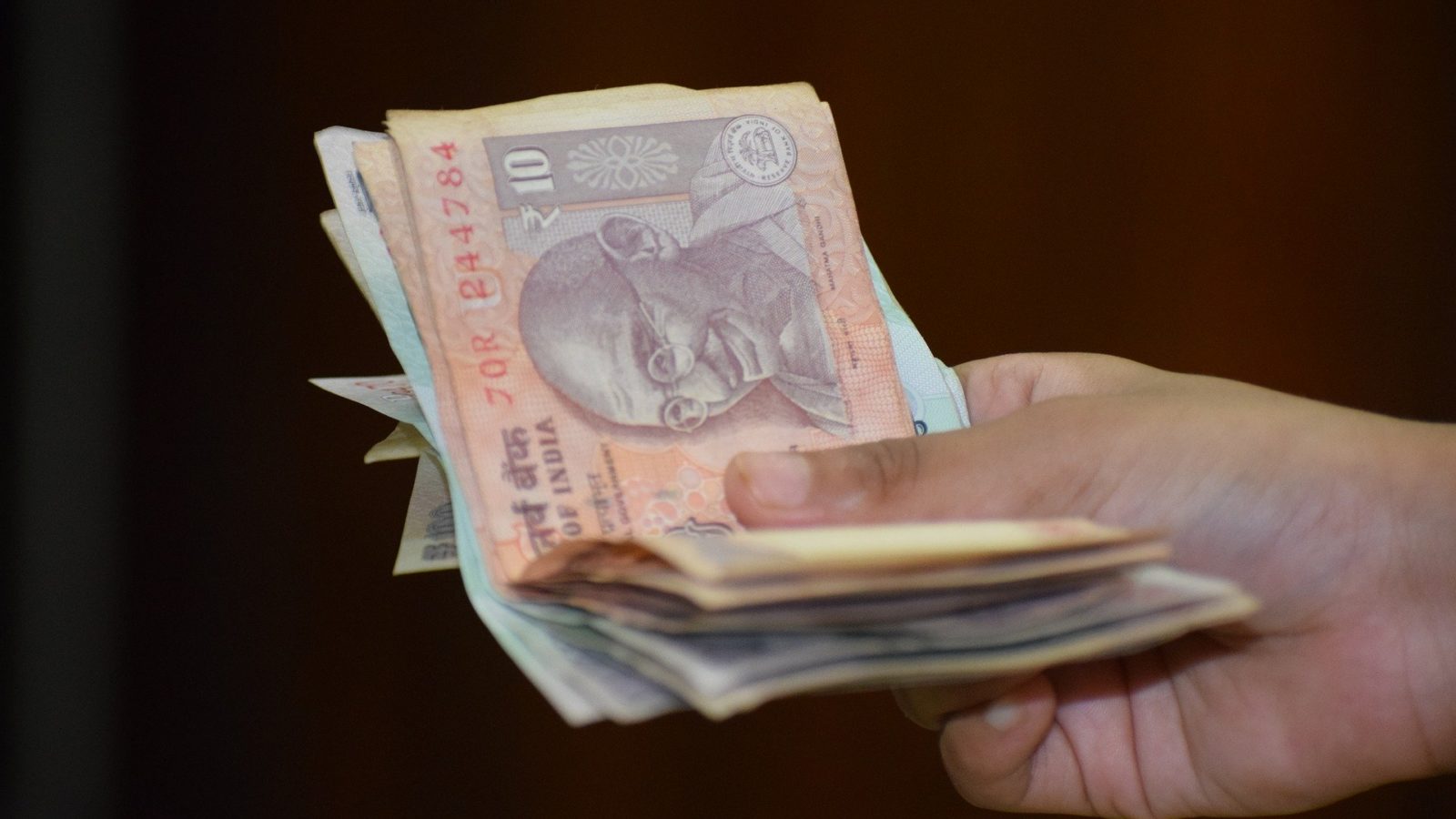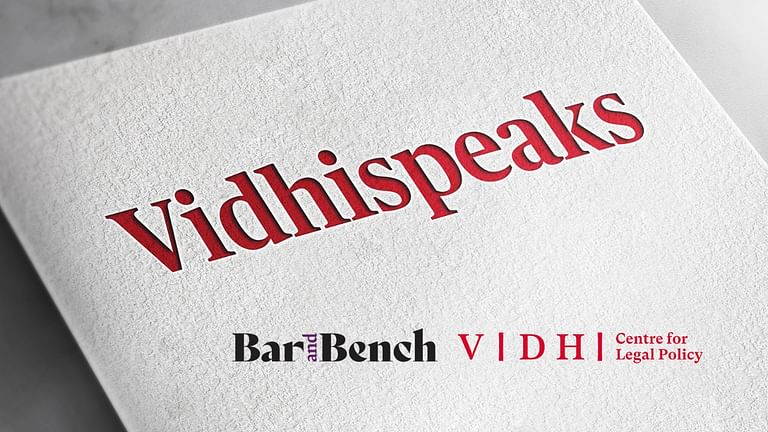
Understanding the Vivad Se Vishwas Act, 2020
Raking in tax revenue at the cost of promoting taxpayer complacency?
The Vivad Se Vishwas Act, 2020 (‘the Act’) introduced to resolve disputes under the Income Tax Act received presidential assent on the March 17, 2020. Primarily, it gives relief to the taxpayer in the form of total or partial waiver of interest and penalty if the amount calculated under the Act is paid before March 31, 2020 or the second timeline which is yet to be set by the government.
The Act is applicable to disputes that are pending as on or before January 31, 2020. While the intent is to collect taxes stuck in litigation, the nature of the Act raises certain questions.
Hence, it is pertinent to understand it further and assess the policy rationale behind its introduction.
How does the Act work
The Act requires a person to file a declaration before the designated authority. The taxpayer is also required to furnish an undertaking waiving their right to seek or pursue any remedy or claim with respect to the disputed amount.
Within 15 days of receiving the declaration and undertaking, the designated authority is meant to pass an order and grant a certificate determining the amount payable by the taxpayer. The taxpayer is then allowed 15 days to pay the amount determined in the order and certificate. Consequently, the appeal in respect of which the declaration is filed is deemed to be withdrawn thereby putting an end to that dispute.
Policy rationale of the Act
The Act is a quick fix to liquidate revenue stuck in pending litigation. The blame for the current number of pending income tax litigation is shared by poor enforcement by the Income tax authorities, as well as by tax evasion.
With the introduction of the e-assessment scheme, it appears that the first problem is being tackled. In such circumstances, introducing the Vivad Se Vishwas Act as a one-time measure to unclog the judicial system may prove to be a useful method. However, since it has been implemented as an Act, it acquires a more permanent colour.
Issues with the Act
Tax evaders and innocent litigants subjected to the same process: The Act includes innocent litigants who may or may not have a chance of getting an order in their favour. At the same time, it also includes people who may be endlessly litigating but certainly have to pay tax. Hence in that sense, it is not a fair interaction to subject tax evaders and innocent litigants to the same process.
Facilitating complacency: As for the second window under the Act, the last date to make the payment has not been notified even though the Finance Minister in her speech stated that the option will remain open till the June 30, 2020. If there is an option of extending originally envisaged timelines, it would adversely affect taxpayer morale and generally promote non-compliance and complacency. Having said that, the Government sticking to the initially stipulated deadlines of March 31 and June 30, is not just ambitious, but unreasonable given that the pre-requisites for implementation of the Act – the form and manner for filing a declaration and undertaking and the designated authority before whom the declaration and undertaking are to be filed – have only been notified by the Central Government on the March 18, 2020.
As a matter of good practice, in the long run, the use of policies such as the Act should be avoided as taxpayers that are more inclined to evade tax will endlessly litigate hoping and knowing that an option to pay less will come around in the future.
Views are personal.



